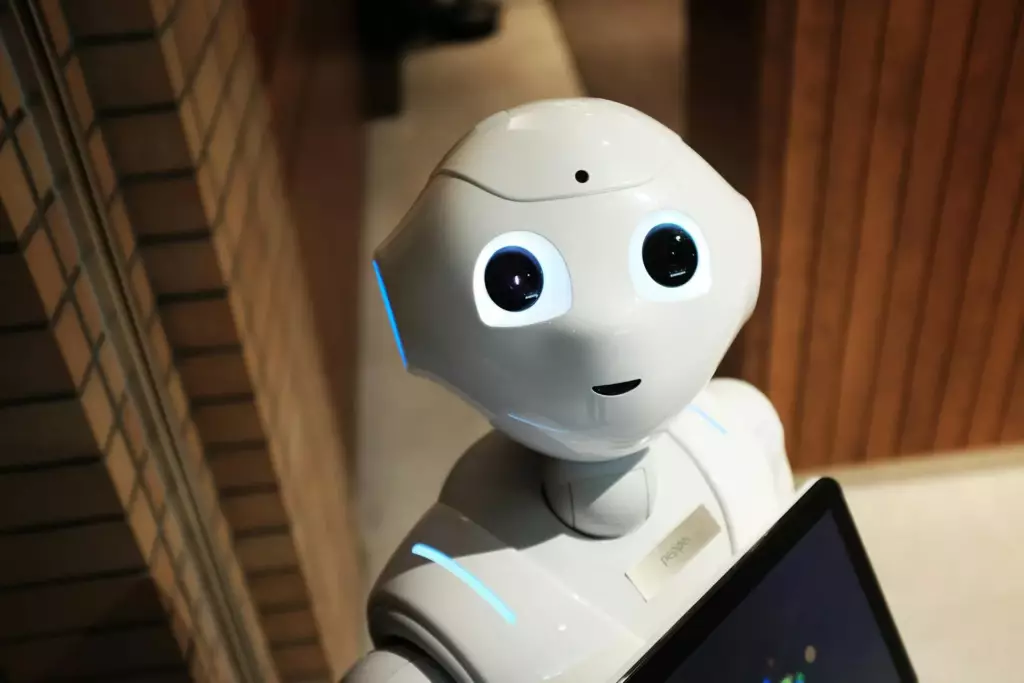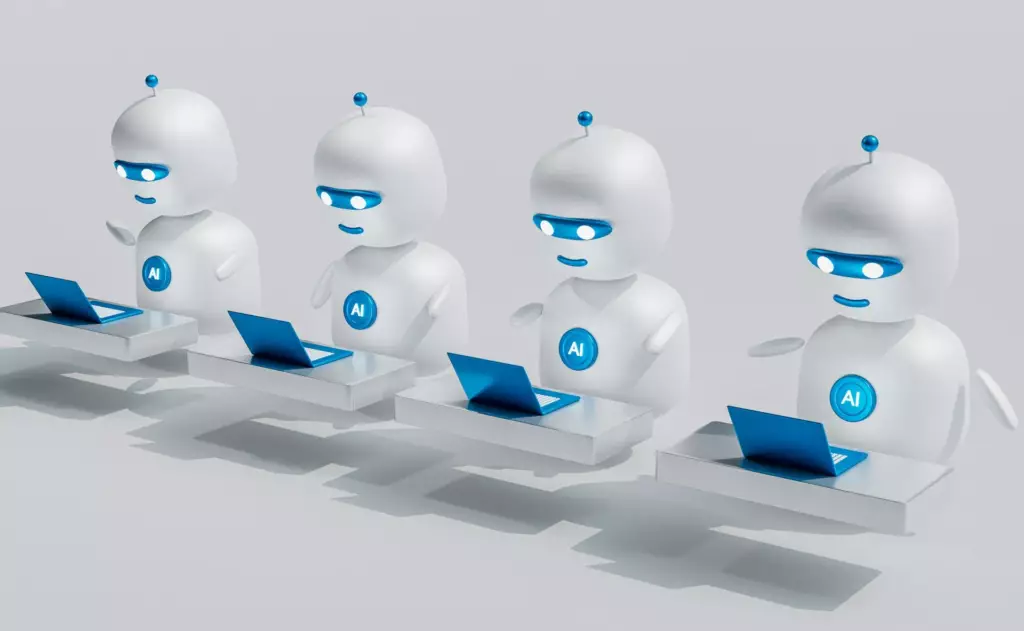In recent years, language models have transformed the way we interact with technology. From answering questions to writing content, tools such as ChatGPT have revolutionized the world of artificial intelligence. In this article, we will explain how ChatGPT and other language models work in a simple way and explore their practical applications.
What Are Language Models?
Language models, such as ChatGPT, are artificial intelligence algorithms designed to process and generate text. Trained on large volumes of text data, these models learn to identify patterns in language and respond consistently to user queries. In the case of ChatGPT, the model is based on a neural network architecture known as Transformers, which is especially efficient for processing large text sequences.
How ChatGPT and Other Language Models Work
To understand how ChatGPT and other language models work, it is useful to know the key steps in their development and operation process:
- Training: ChatGPT and other models are trained with large amounts of text, coming from diverse sources, such as books, articles, and web sites. During this process, the model learns to recognize word patterns and identify sentence structures.
- Fine Tuning: Once trained, the model undergoes fine tuning, which consists of adapting the model to specific tasks. In the case of ChatGPT, it is adjusted to respond accurately and consistently, minimizing errors.
- Answer Generation: Upon receiving a query, ChatGPT analyzes the context and predicts which word or phrase should appear next. The AI uses complex mathematical and probability operations to decide each word in your answer, ensuring that it is logical and fluid.
- Continuous Optimization: Language models like ChatGPT are constantly being updated and optimized. OpenAI, the company behind ChatGPT, applies user feedback to improve response accuracy and reduce bias.
By understanding how ChatGPT and other language models work, it becomes clear the level of sophistication and accuracy these models achieve, enabling practical applications in a wide variety of industries.

Practical Applications of ChatGPT and Other Language Models
The uses of ChatGPT and similar models are very varied. Here are some practical applications where they are used:
- Customer Care: ChatGPT is widely used in customer care services to answer user queries. From resolving doubts to guiding the customer in the use of products or services, AI can provide fast and effective responses.
- Content Creation: Companies and content creators find these models a useful tool to generate ideas, write copy and improve the SEO of their publications. ChatGPT can help create articles, product descriptions, and more, saving time and effort.
- Education: In education, ChatGPT is a resource for students and teachers, as it can answer questions, provide detailed explanations, and suggest study resources.
- Research and Science: Language models are useful in information gathering and analysis, allowing researchers to obtain quick data and process large volumes of text.
- Translation and Localization: ChatGPT can also be used in text translation tasks, helping to create localized content for different regions and audiences.
- Mental Health and Wellness: These models are used in wellness applications to provide emotional support and wellness reminders. While they do not replace a therapist, they can offer relief and support in times of stress.

Advantages and Limitations of ChatGPT
Understanding how ChatGPT and other language models work also involves recognizing their advantages and limitations. Among the main advantages are:
- Speed: ChatGPT can process and answer queries in a matter of seconds.
- Versatility: These models can answer a wide range of questions on multiple topics.
- Continuous Improvement: With feedback, ChatGPT continues to improve, allowing it to learn and adapt over time.
However, there are also limitations. Being trained on internet data, ChatGPT can reflect certain biases and lacks a real understanding of context, which is important to consider on sensitive or complex topics.

The Future of ChatGPT and Other Language Models
As technology advances, so does the understanding of how ChatGPT and other language models work. Increasingly sophisticated models are being developed that combine text processing with capabilities to analyze images and speech, which will open up new applications and improve accuracy in understanding human language.
In addition, language models are expected to play a key role in automating processes in key industries such as medicine, education and customer service. On the other hand, developers continue to work to reduce bias and increase the transparency of these models, ensuring that their applications are safer and more ethical.
An Evolution of Artificial Intelligence
In conclusion, understanding how ChatGPT and other language models work allows us to appreciate the technology behind these tools and understand why they are transforming the way we interact with information and technology. From customer service to education to wellness, the practical applications are vast and promising, making AI an increasingly essential tool in our daily lives. Just like the birth of the internet several years ago, the easy access to artificial intelligence marks a before and after in human interaction with technology.
With the continuous advancement of artificial intelligence, language models such as ChatGPT will continue to evolve, offering more and more innovative solutions adapted to the needs of users and society in general.

